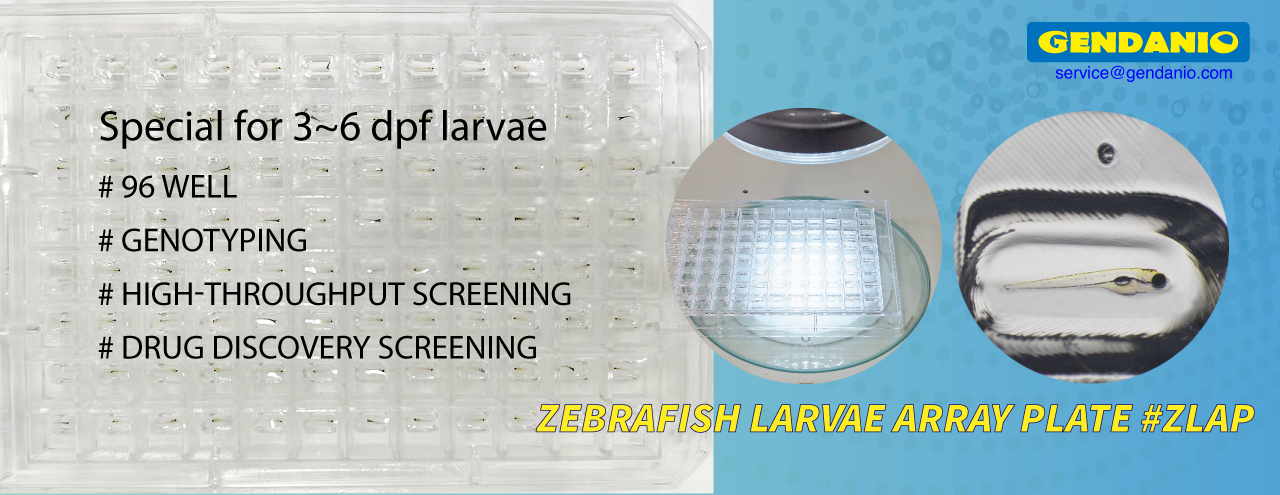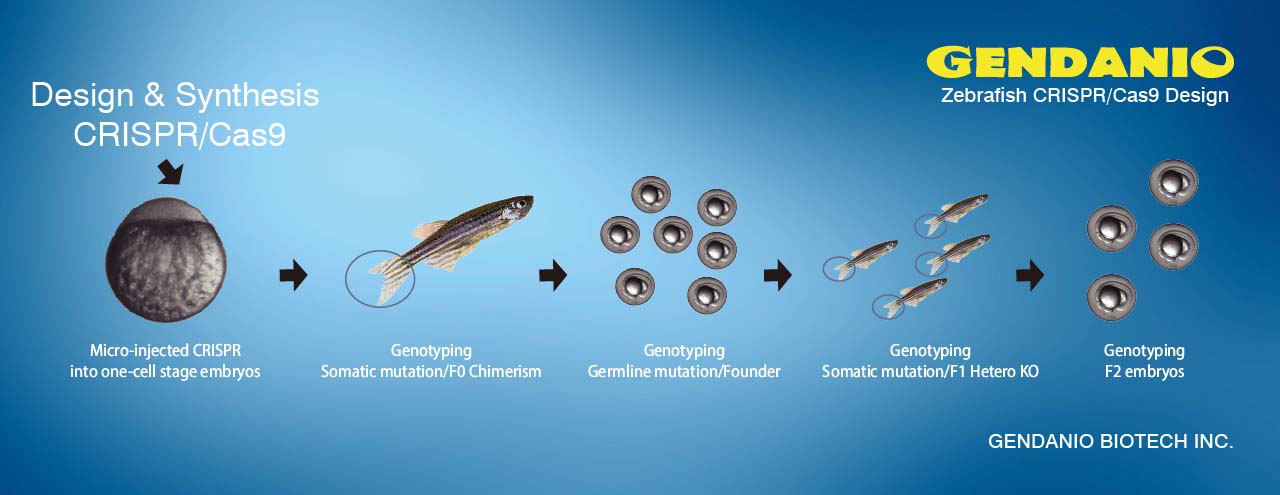ScienceDaily (May 25, 2010) — Michael E. Baker, PhD, a researcher at the University of California, San Diego School of Medicine has discovered that zebrafish -- an important animal model in disease and environmental studies -- could provide the means to help scientists eventually reveal the function of a mysterious enzyme linked to the steroid cortisol, and found in the human brain.
In people and other vertebrates, steroids like cortisol perform a variety of diverse duties, including regulating immune response, bone formation and brain activity. Too much cortisol, however, is unhealthy. High levels of the steroid have been linked to type 2 diabetes and may impair the brain's ability to store memories.
The human body regulates cortisol by employing an enzyme called 11 beta-hydroxysteroid dehydrogenase-type 1 or 11beta-HSD1, which catalyzes the synthesis of cortisol in liver and fat cells. A related enzyme known as 11 beta-HSD-type3 or 11 beta-HSD3 is expressed in the brain, though its utility remains unknown.
In new findings to be published in the June 3 issue of FEBS Letters, Baker, a research professor of medicine who works in the division of nephrology-hypertension at UC San Diego's School of Medicine, reports that 11 beta-HSD3 (but not 11 beta-HSD1) is present in zebrafish, where it appears to serve an important role in fish endocrine physiology.
That makes the fish a potentially useful analog for cortisol studies, including discovering the purpose and function of 11 beta-HSD3 in human brains, which may be an evolutionary precursor to 11 beta-HSD1.
Interestingly, Baker found that the genomes of mice and rats do not contain 11 beta-HSD3, which means that inserting the appropriate gene for the enzyme in these animal models could provide additional avenues of investigation.
Source: ScienceDaily






















